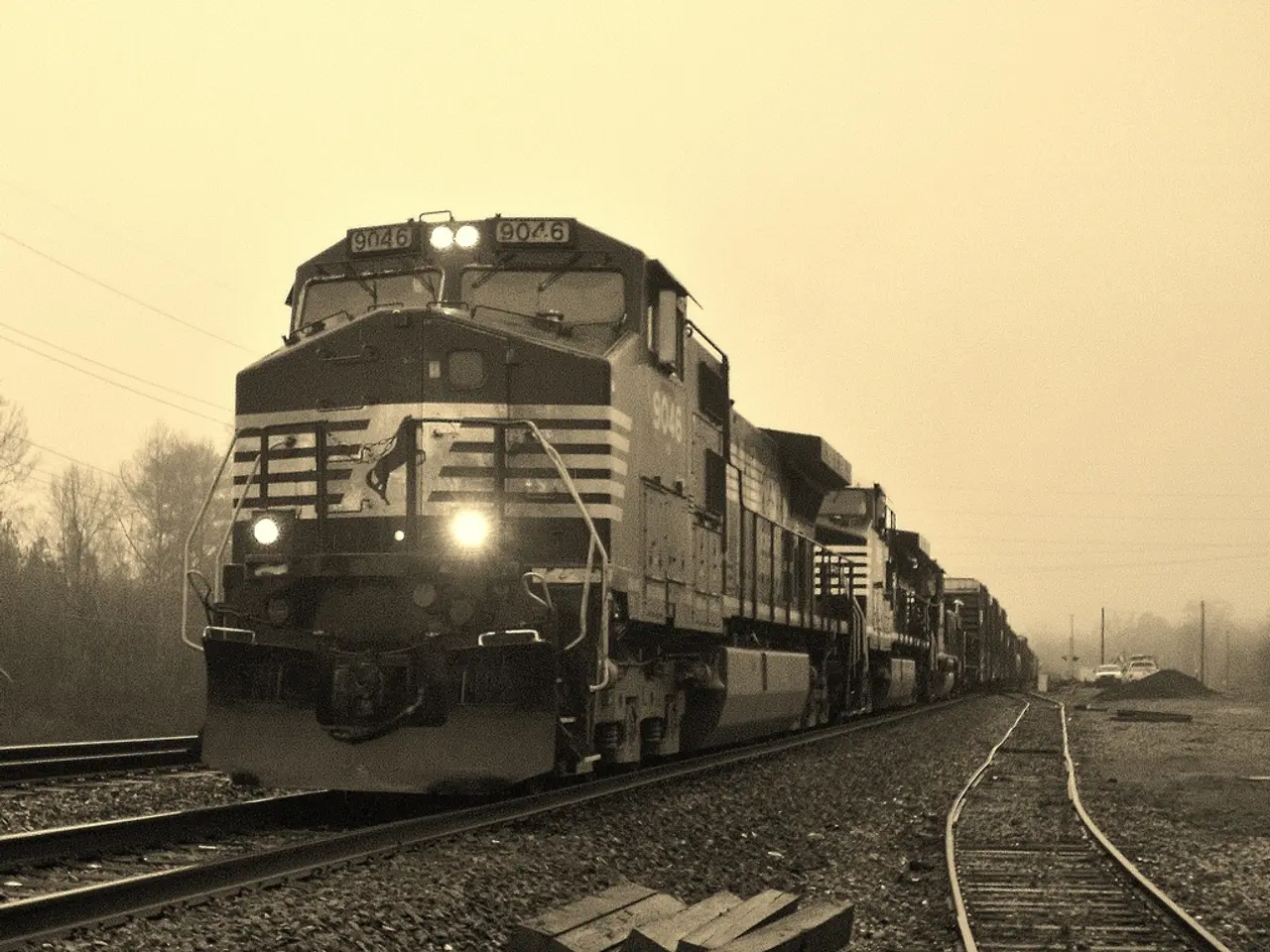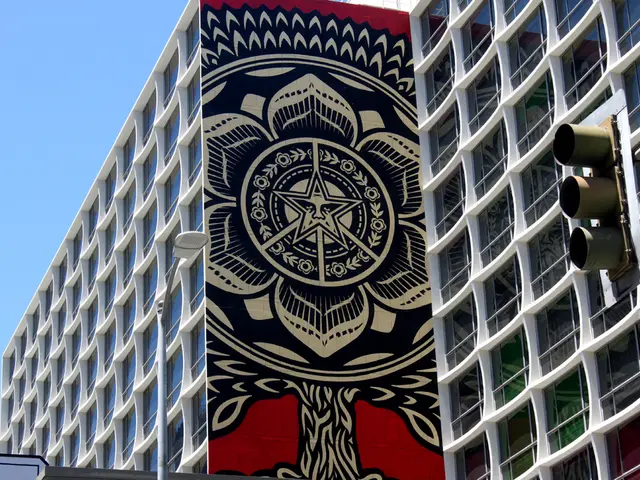U.S. Government Shutdown: 750,000 Workers Furloughed, Supply Chains Disrupted
The U.S. government has shut down due to Congress' failure to agree on a funding bill. Hundreds of thousands of federal employees are either furloughed or working without pay. President Trump has threatened mass layoffs of up to 750,000 workers, while essential personnel like police and air traffic controllers continue working despite the disruption.
The shutdown, stemming from a funding standoff between Republicans and Democrats, is causing ripples across various sectors. Warehouses and distribution centers are feeling the pinch due to port slowdowns, leading to underutilization and labor scheduling surges. Customs and Border Protection officers remain on duty, but thousands of support staff are furloughed, causing slower documentation and inspections. TSA officers screening cargo at major hubs are also working without pay, raising concerns about morale and absenteeism.
During the 2018-2019 shutdown, shipment dwell times at the Port of Los Angeles-Long Beach rose by 15 to 20 percent, indicating the potential impact on supply chains. Railroads will continue running, but customs bottlenecks at U.S.-Mexico and U.S.-Canada crossings could affect cross-border supply chains. Trucking firms can continue hauling freight, but permitting, compliance reviews, and driver background checks are paused, potentially causing disruptions in the industry.
The U.S. government shutdown is not only affecting federal employees but also causing indirect impacts on various industries and supply chains. With neither side signaling compromise, the duration and extent of these disruptions remain uncertain. Essential workers continue to maintain critical services, but the strain on both public and private sectors is evident.
Read also:
- MIH Consortium Chooses BlackBerry for Next-Gen EV Platform
- Aquatech purchases Koch's Direct Lithium Extraction business, merging Li-ProTM DLE technology into the PEARLTM Technology Platform.
- Ukraine's Drone Strikes Cripple Russian Rail, Impacting Military Operations and Economy
- Li Auto faces scrutiny after crash test involving i8 model and a truck manufacturer sparks controversy







